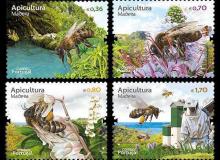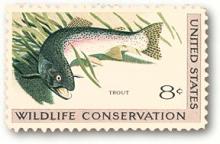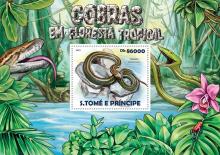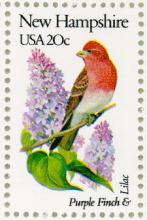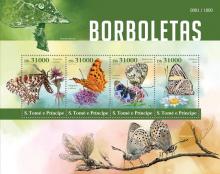Iowa’s dwindling bee population is part of a larger, frightening trend
Paulina Mena, an associate professor of biology, has been studying bees for over a decade, an obsession which stems from her undergraduate experiences at Universidad Catolica de Valparaiso, Chile. “I did my undergraduate degree in Chile, and decided to do bee stuff because Chile is a hot spot for bees. Bees like deserts; that is where they have diversified a bunch,” Mena said.

